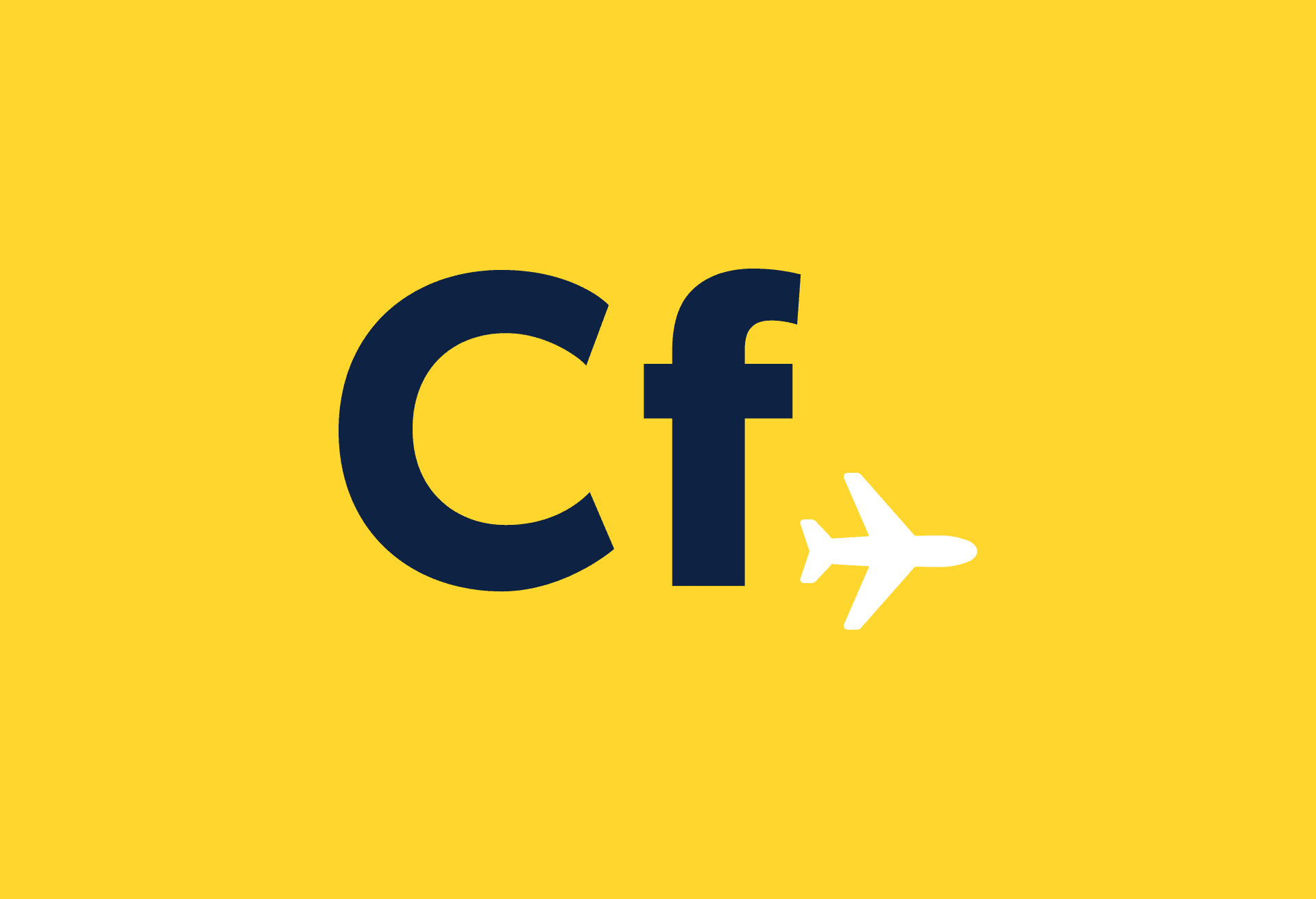That flights tax that seems to leapfrog every year has become a big issue for travellers – and airlines. It’s a cheap tax – for the government to collect (0.06 pence to collect for each £1 raised). For the rest of us, over the past eight years, the increases are eye-watering. Depending on the band, there has been an increase of between 160 and 3,780 per cent.
Short-haul rates (a fiver in 2006 and £13 now) have increased by 160 per cent. Long-haul (a flight to Australia for example) rates at the very upper end of the scale have jumped from £10 to £388; a whopping 3,780 per cent increase.
What exactly is Air Passenger Duty?
Air Passenger Duty (APD) is a tax levied on all flights departing from UK airports – even domestic flights. There are four rates of APD, divided into bands A, B, C and D.
What you pay varies according to the class of travel (there are three: reduced (Economy Class), standard (Premium Economy, Business and First) and higher (private aircraft)) and the distance from London to the capital city of the country you are flying to.
For flights to Vancouver, Ottawa is the key, for Alicante, it’s Madrid, the Spanish capital, for Los Angeles or Hawaii, it’s Washington DC.
The vast Russian Federation falls into two bands and the dividing line is the Ural mountains. For flights to Moscow or St. Petersburg travellers pay Band A rates (West of the Urals). Cities such as Ekaterinburg, Irkutsk and Vladivostok lie East of the Urals and Band B rates apply.
Which countries are in the bands?
A (2,000 miles – includes Ireland, the Channel Islands, Spain, Portugal, France, Greece, the Canary Islands, the Balearic Islands, Tunisia, Turkey, Italy and Russia (West of the Urals)) – £13 reduced rate; £26 standard rate; £52 higher rate.
B (4,000 miles – includes the US, Canada, United Arab Emirates, Jordan, Lebanon, Ivory Coast, Israel, Gambia) – £69 reduced rate; £138 standard rate; £276 higher rate.
C (6,000 miles – includes the Caribbean destinations of Barbados, British Virgin Islands, Cayman Islands, Dominican Republic and Cuba; South American countries such as Brazil, Belize and Colombia; South Africa, Burma, China, Hong Kong, Japan, Kenya, India, the Maldives, Mauritius and the Seychelles) – £85 reduced rate; £170 standard rate; £340 higher rate.
D (Australia and New Zealand for example) – £97 reduced rate; £194 standard rate; £388 higher rate.
To avoid confusion when checking APD rates, you should be aware that due to Treasury jargon, premium cabin APD rates, that is duty for Premium Economy to First Class cabin seats, are referred to as “Standard Rates” while Economy seat APD rates are referred to as “Reduced Rates”.
If you’re taking any short-haul flight, to Edinburgh, Dublin, Faro or Malaga, that £13 charge is unavoidable and many holidaymakers have turned to trains and ferries to spin out their budget.
There are a couple of options if you’re going long-haul however. If you’re bound for New York, Orlando or Toronto, one idea is to get yourself to Belfast International Airport and take flights from there. In November 2011 the government, following pressure from Continental Airlines, reduced the rates of APD from £65 to £13 (Business Class travellers pay £26, down from £130).
Another option is flying from Dublin Airport, where the departure tax is €3 per passenger and will be abolished next month. About one million passengers each year drive from Northern Ireland to Dublin Airport to avoid the charge.
Another benefit of flying from Ireland – from Dublin or Shannon airport – is that they are the only airports in Europe to operate US Customs and Border preclearance. This means that US-bound travellers can clear immigration, customs and agriculture inspections prior to departure, rather than in the US when they land.
You could reduce the amount of APD you pay by having a city break (of at least 24 hours) in a European city such as Paris or Amsterdam. That way you pay £13 for the flight to Paris or Amsterdam and the onward flights are APD free.
Another alternative is to book two separate flights. Fly from London to Amsterdam, for example, with one of the low-costers (£13) and book flights to your long-haul destination from there. The Netherlands government doesn’t levy a departure tax from Amsterdam.
Given that popular no-frillers such as Ryanair or easyJet are point-to-point airlines (they fly direct to their destination and don’t have a hub to fly through) ensure that you have enough time between flights to cover any delays that might crop up.
Choose your destination wisely as low, on-the-ground costs will eke out your travel budget further
However, if you are ultimately flying to a long-haul destination, remember that a low-cost airline is likely to charge extra for the baggage you may require for your trip. Unless you are travelling very light, it can be the case that it will work out cheaper to fly with an “ordinary airline” to connect with your long-haul flight.
Or you could play the bands …
Finally, if you just want to have a holiday and don’t really mind where you go, you could select destinations that are in a cheaper band.
Visit Hawaii (Band B) rather than Cuba (Band C), try Pakistan (Band B) rather than India (Band C), the Canaries (Band A) rather than Egypt (Band B) or China, Hong Kong and Japan (Band C) rather than Indonesia (Band D).
Or, you could postpone your flights until 2015!
In the Budget last March, Chancellor George Osborne announced that Bands C and D would be abolished, leaving travellers with a two-band system of Band A (£13) and Band B (£71). Read all about it here.
And in today’s Autumn Statement, the Chancellor announced that APD for children under 12 will be scrapped in May 2015. In 2016, APD for children under 16 will be abolished.
(Images: bermilabs, Images_of_Money)


